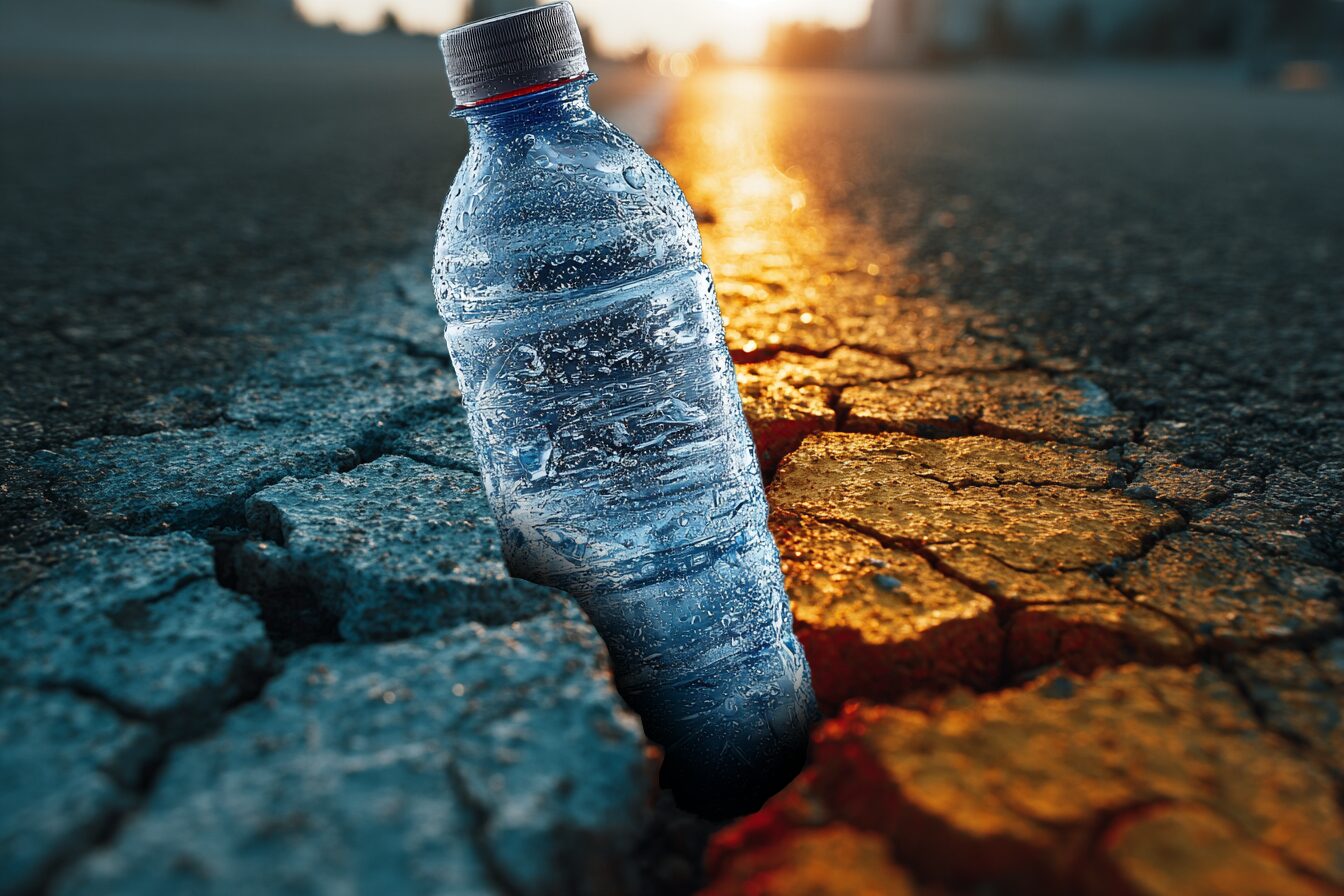Resources for Associate Hydration

Heat illness is a critical safety concern, particularly during summer months when temperatures soar. Proper hydration is one of the most effective ways to prevent heat-related illnesses, yet many workers and employers underestimate what this truly involves. Here, we cover hydration essentials, guidelines, best practices, and common pitfalls to help ensure workers stay safe and healthy on the job.
How Much Water Do Associates Really Need?
The National Institute for Occupational Safety and Health (NIOSH) provides clear guidance: drink 8 ounces of water every 15-20 minutes during heat exposure. Regular, consistent intake is vital for regulating your body’s temperature and metabolic functions. Cristina Campbell Harris, an industrial hygiene expert, emphasizes, “We lose significant liquid volume through sweat when working in heat. Replace fluids consistently throughout the day, not just when you’re thirsty, to avoid becoming dehydrated.”
Recognizing Dehydration
Knowing dehydration symptoms is critical. Common signs include:
Headache
Fatigue
Lightheadedness or confusion
Flushed skin
Muscle cramps
Heat intolerance or chills
Dark-colored urine
Early recognition helps prevent severe health impacts.
Easy Access to Water: An Employer’s Responsibility
The Occupational Safety and Health Administration (OSHA) stresses the importance of providing cool drinking water in convenient, familiar locations. Workers should have easy and immediate access to water throughout the workday.
Ideal Water Temperature Matters
NIOSH recommends that drinking water be cooler than 59°F. This temperature encourages more frequent drinking without discomfort. Campbell Harris notes, “Water that’s too warm or too cold can discourage regular consumption. Ideally, aim for water temperatures between 50-60°F to encourage consistent hydration.”
Avoiding Overhydration
Although hydration is critical, drinking excessively can also be dangerous. NIOSH advises against consuming more than 48 ounces per hour to avoid hyponatremia, a condition resulting from overly diluted sodium levels. Symptoms include dizziness, confusion, and even seizures.
Campbell Harris explains, “Overhydration is often related to underlying kidney or metabolic issues. Balance and moderation are key.”
Hydrating Before and After Work
Effective hydration begins before the workday starts. Starting your day hydrated ensures your body isn’t at an immediate deficit. Similarly, hydrating after work replenishes lost fluids, reducing overall physical stress.
Campbell Harris recommends considering hydration status before work: “A challenging day or caffeine consumption, which acts as a diuretic, can put you at a hydration disadvantage. Plan accordingly.”
Electrolytes: Complementing Water, Not Replacing It
Electrolyte-rich beverages, such as sports drinks, can supplement water, especially during tasks lasting more than two hours. OSHA suggests that employers provide electrolyte beverages for prolonged work activities. However, electrolytes should complement—not replace—water consumption.
Energy drinks are not suitable hydration sources. High caffeine levels can strain your cardiovascular system, increasing risk during heat exposure. Similarly, avoid salt tablets unless medically prescribed; regular balanced meals and adequate water intake are sufficient for electrolyte replenishment.
Alcohol and Hydration
Alcohol consumption significantly increases the risk of heat-related illnesses. The Virginia Department of Health warns against alcohol intake within 24 hours before heat exposure.
Hydration Regulations and Employer Responsibilities
New OSHA proposals aim to strengthen hydration practices in workplaces, requiring employers to provide at least 1 quart of water per worker per hour in certain heat conditions. Several states, including California, Colorado, Nevada, and others, have implemented strict regulations around workplace hydration, emphasizing its critical role in worker safety.
Practical Hydration Strategies
Workers:
Carry a personal water container.
Set regular hydration reminders.
Monitor your hydration status by urine color and energy levels.
Employers:
Provide accessible, cool drinking water.
Educate employees about dehydration risks and signs.
Incorporate hydration checks into safety meetings.
Further Resources for Worker Hydration Safety:
By embracing these hydration guidelines, workers and employers can significantly reduce heat-related risks, promoting safer, healthier workplaces.